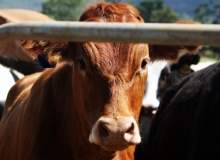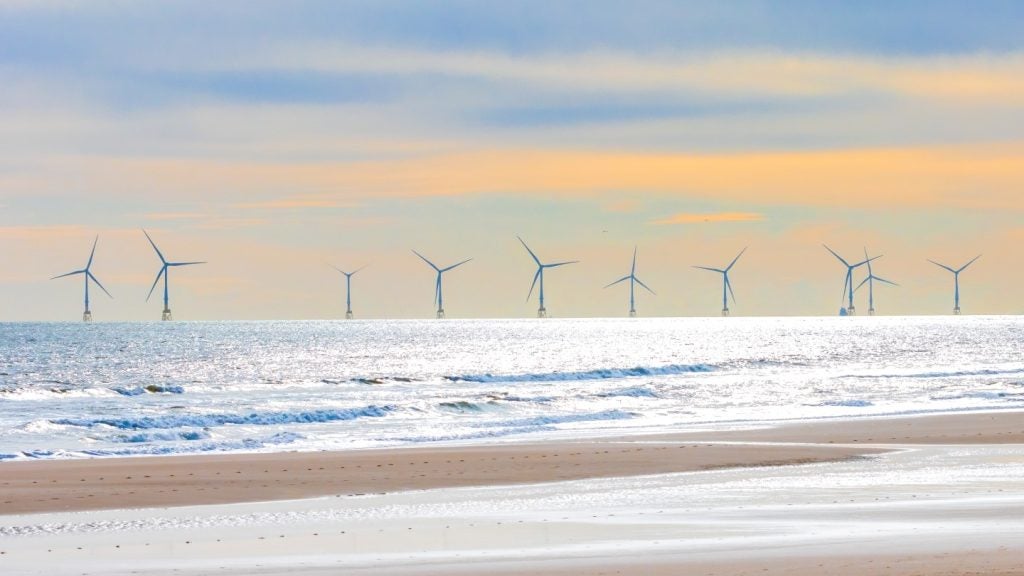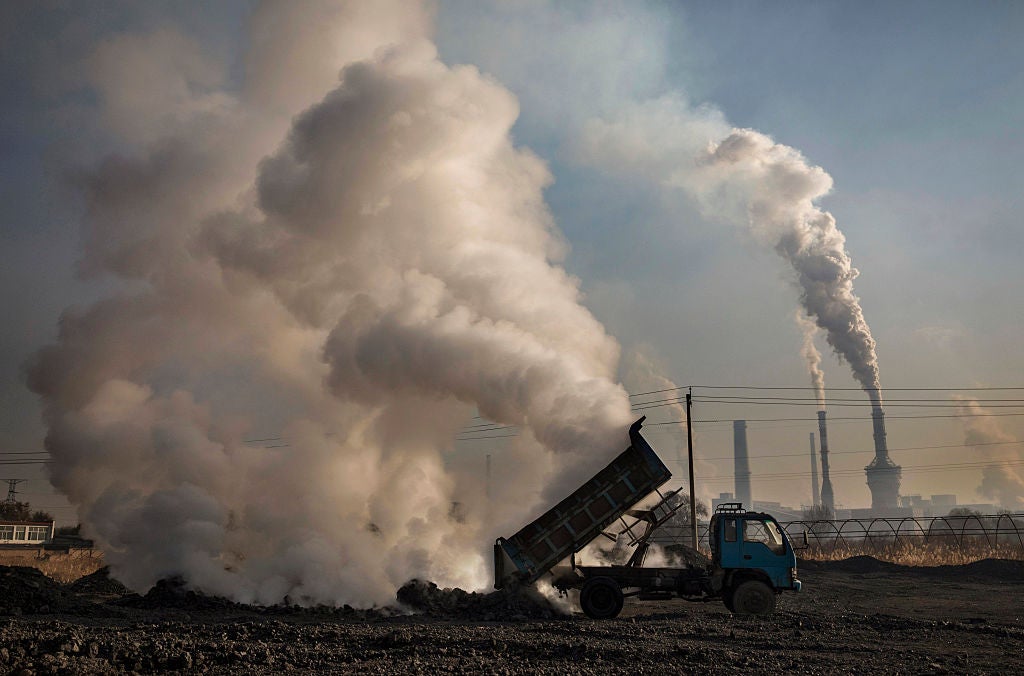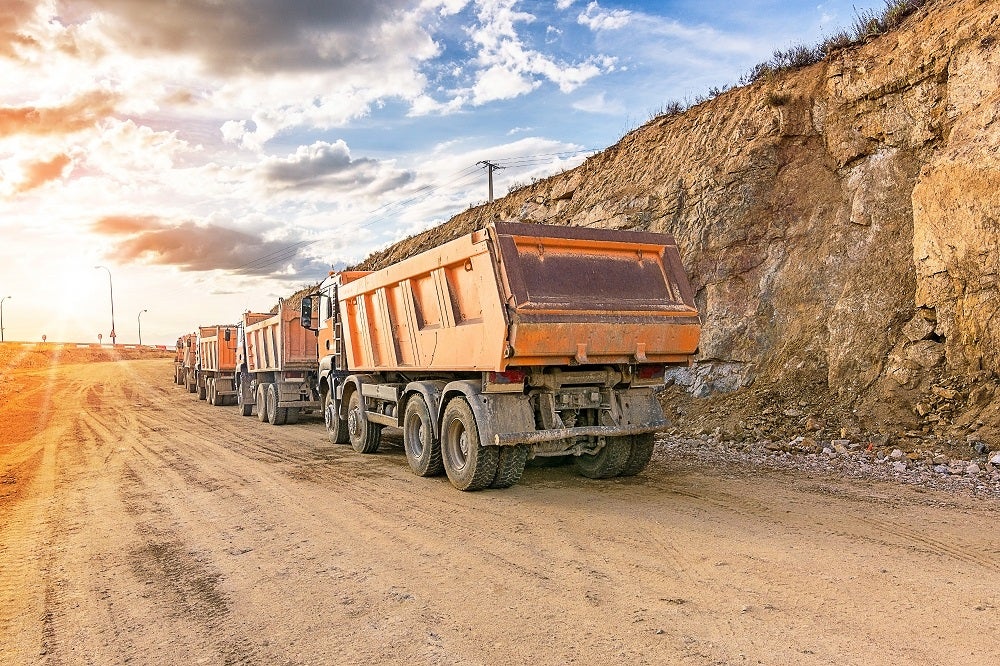
A team of scientists, headed by Guillermo Berra of the National Institute of Farming Technology in Buenos Aeries, have constructed a collection of tubes and valves that when inserted directly into the stomach of the animal collect and transport the gas into an attached storage unit.
Once purified in a liquid solution, the gas is condensed and stored in a canister. The method is still at the experimental stage, but is expected to convert the daily methane deposit from a cow into enough energy to power a 100l fridge for a day.
Researchers admit that the amount of energy produced is relatively small, but hope that with further development it could become a viable and scalable method of transforming what was previously a source of harm for the environment. The United States Environmental Protection Agency asserts that the impact of methane on global warming is 20 times more-than that of carbon dioxide over a 100 year period.
Agricultural methane has become a contentious issue as concern over climate change and global warming has increased. Figures published by the United Nations in September 2013 attributed 14.5% of all human caused greenhouse gas emissions to being associated with livestock supply chains, with 39% of that figure coming from the digestive process of cows.
How well do you really know your competitors?
Access the most comprehensive Company Profiles on the market, powered by GlobalData. Save hours of research. Gain competitive edge.

Thank you!
Your download email will arrive shortly
Not ready to buy yet? Download a free sample
We are confident about the unique quality of our Company Profiles. However, we want you to make the most beneficial decision for your business, so we offer a free sample that you can download by submitting the below form
By GlobalDataSee Also:
What’s trapping further development?
While the Argentine approach offers an academically intriguing method of capturing methane from cattle, there are still a number of obstacles to overcome before it could be rolled out commercially.
Kim Matthews, head of research and development at beef industry body EBLEX, said: "I can’t see it being considered as a viable option, particularly on animal welfare grounds. The regulations in Europe on interventions of that kind are getting stricter over time."
Matthews explained that EBLEX is focusing its efforts on reducing the amount of methane produced through the digestive process of cows. "We’re funding research that is looking at different feed additives that can modify the population of organisms in the ruminant digester feed, and it is these organisms that produce the methane," Matthews said.
Dr Jonathan Scurlock, chief adviser on renewable energy and climate change at the National Farmers Union, questioned whether the energy generated would be ‘worth the cost of capital equipment’. However, he admitted that the proposition was strengthened by taking GHG reductions into account.
One area of research that is starting to produce benefits is extracting energy from cow dung through a process of anaerobic digestion. Through the AD process, waste material, often in the form of cattle manure, is treated and broken down in a closed digestion vessel over a period of 30-60 days, when it can be used as biogas. At the end of 2013, there were around 125 such plants in the UK.
Taxing down methane levels
Another school of thought, that has received significant coverage, is to lower methane emissions by lowering the population of animals.
Ruminants, climate change and climate policies, published by an international team of six scientists, proposed that a ‘tax or emission trading scheme’ should be implemented to try and lower meat consumption and consequently the gases emitted by sheep, cattle and goats.
But such a move is unlikely to work. Taxes on agricultural methane have been proposed in both Denmark and Ireland in the past, but on both occasions they were thrown out long before being written into law.
As is often the case with issues that intersect with energy and climate change, there is no crystal clear answer. However, with research into capturing methane directly from the cow, its deposits and also lowering the overall level offer enough green shoots to suggest that simply slapping on a tax to cull the herd would be a reductive step.
Related content
Waste to energy in the UK – Tilbury’s milestone
Green energy proponents in the UK recently celebrated the milestone of achieving a one million ton food waste milestone, with more than one million tons of organic waste being processed into energy annually.
Urine-tricity: golden power from human waste
Scientists in the UK, with backing from Bill Gates, are hoping to power homes in developing countries with human urine using microbial fuel cells.



.gif)





